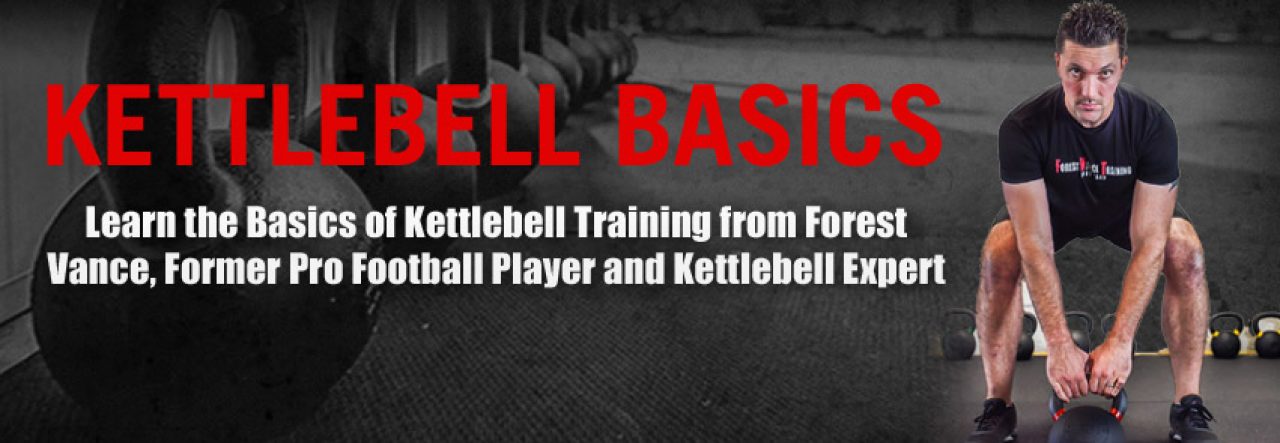Meet Bob.

Bob is 55 years old.
Bob has not only lost over 40 pounds, but he has made some tremendous strength gains. He went from doing 1 pull up to 12. He increased his deadlift from 185 to 325. And MUCH more.
He used a training program very similar to the one linked below, to make these gains:
But after training with me for a solid three years, he strayed a bit from my teachings.
He started to try to add in MORE volume, intensity, and frequency, by going out and doing additional workouts on TOP of the ones we were doing at my gym.
Bob was training 5-6x per week, and at a strenuous level at every session.
And Bob started to get little overuse injuries.
He’d tweak his elbow. And then his calf. And then his lower back.
He’d take it easy for a couple of weeks, but then be right back into it.
And eventually, after repeating this cycle multiple times, Bob herniated a disk in his lower back.
He was out for the count.
No surgery yet, and now six months in, we’re finally back to solid training intensity.
And making solid, steady gains again.
But now he’s listening more to what I have to say 🙂
So if you want to gain strength after 40, but you want to do it in a safe, effective, long-term way, here are 3 key things to pay attention to:
1 – Volume
Volume refers to the number of muscles worked, exercises, sets, and reps during a single session.
I know that when I was 18, I could train for 90 minutes, 5 days per week, and be fine. I’d recovery, stay injury-free, and make continued gains.
Now, if I attempted a program like that, I’d break myself in a matter of weeks 🙂
You might not be able to tolerate and recover from, and might do better on, less total training volume at a more advanced age.
2 – Intensity
Intensity refers to the amount of work required to achieve the activity, and is proportional to the mass of the weights being lifted.
This is expressed commonly as a percentage of 1 rep max (1RM).
So if you’re doing 3 sets of 5 reps at 75% of your one rep max on the deadlift, that would be an intensity prescription.
For older lifters, you need to make sure you’re not spending too much time at higher intensities.
You need more recovery, your body just can’t handle going in and trying to max out on the bench press every Monday.
You CAN get into that 85-90% intensity range for certain short bursts … you just have to be careful, and know what you are doing.
3 – Frequency
Frequency refers to how many training sessions are performed per week.
This is individualized, and a lot of it depends on your training background.
But one thing is for sure, if you are over the age of 40, you very likely will do better on a little less frequency than more – three times per week seems to be perfect for most men and women.
#
You CAN still make strength gains in your 40’s and beyond.
You CAN still push yourself.
And you CAN still have fun with your training.
You probably just need to do it in a different, more sensible way than you did in your teens, 20’s, and 30’s.
For a program that fits all of these criteria, I recommend Hybrid Kettlebell Muscle.
We strength train, combining more “traditional” strength work with KBs, 3x per week.
The intensity prescriptions are smart, and gradually scaled.
We mix in the cardio you need for heart health and to burn fat, in the form of HIIT.
And we make sure to work your core and flexibility and other things that are so important for the over 40 athlete.
Check out Hybrid Kettlebell Muscle here:
And here’s to your continued success in strength training after the age of 40! –
– Forest Vance
Master of Science, Human Movement
Certified Kettlebell Instructor
ForestVance.com
PS – Bob is not my client’s real name. But this story is about an actual client of mine.
